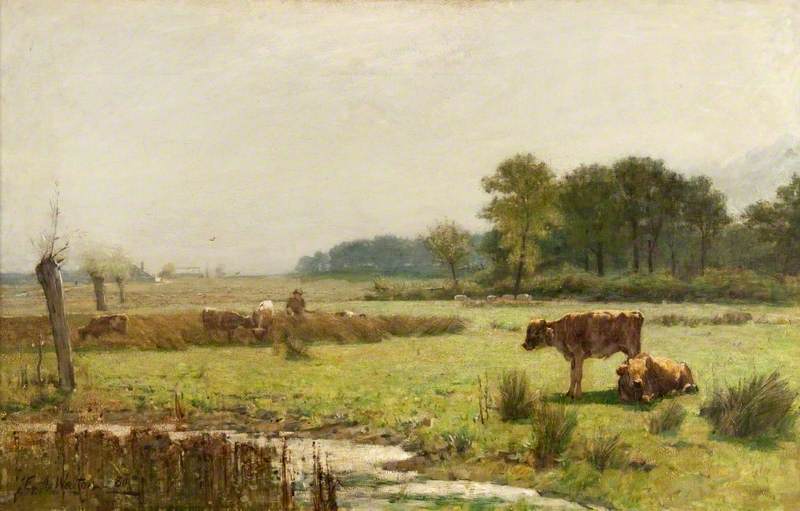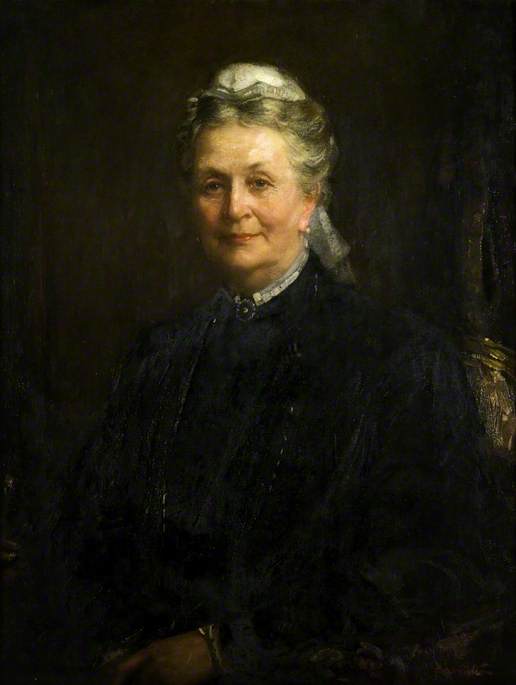
Edward Arthur Walton was born at Glanderston House, Barr Head, Neilston, Renfrew, Scotlandon 15 April 1860. He studied art at the Staatliche Kunstakademie in Dusseldorf, Germany in 1876-77 and then at the Glasgow School of Art from 1877 to 1879. In 1879 he became friends with the painters Joseph Crawhall and James Guthrie and for the next decade spent much of the time in each other’s company going on frequent painting excursions, Together the three artists formed the nucleus of what came to be known as the Glasgow Boys group of painters. Walton worked primarily as a landscape painter and portraitist. His landscapes were influenced by French plein-air painting. He exhibited frequently at the Royal Scottish Academy in Edinburgh from 1860 to 1922.
He was elected a member of the Roiyal Scottish Society of Painters in Water Colours (RSW) in 1885); a member of the New English Art Club (NEAC) in 1887; an Associate of the Royal Scottish Academy (ARSA) in 1889; a full member of the Academy (RSA) in 1906; and a member of the Royal Society of Portrait Painters (RP) in 1897. He was also elected President of the Royal Scottish Society of Painters in Water Colours (PRSW) in 1902.
From 1880 Walton had a studio at 134 Bath Street, Glasgow. In 1893 he left Glasgow for London. He lived first at 22 Cromwell Road, London and later commissioned the architect Charles Robert Ashbee (1863-1942) to design him a house at 73 Cheyne Walk, London. Among his close neighbours were James Abbott McNeill Whistler (1834-1903) and Philip Wilson Steer (1860-1942). In 1904 Walton returned to Scotland and settled in Edinburgh. He died in at his home in Edinburgh on 18 March 1922.
Text source: Arts + Architecture Profiles from Art History Research net (AHRnet) https://www.arthistoryresearch.net/
























